Content
The RP model proposes that at the cessation of a habit, a client feels self-efficacious with regard to the unwanted behaviour and that this perception of self-efficacy stems from learned and practiced skills3. In a prospective study among both men and women being treated for alcohol dependence using the Situational Confidence Questionnaire, higher self-efficacy scores were correlated to a longer interval for relapse to alcohol use8. The relationship between self-efficacy and relapse is possibly bidirectional, meaning that individuals who are more successful report greater self-efficacy and individuals who have lapsed report lower self-efficacy4. Chronic stressors may also overlap between self-efficacy and other areas of intrapersonal determinants, like emotional states, by presenting more adaptational strain on the treatment-seeking client4. Relapse is the return to substance abuse after being drug- or alcohol-free. It’s not uncommon for people who struggle with addictions to relapse after completing treatment, and it doesn’t mean treatment failed.
- While analysing high-risk situations the client is asked to generate a list of situations that are low-risk, and to determine what aspects of those situations differentiate them from the high-risk situations.
- Being mindful of moods and thought patterns is a good way to know when to reach out.
- Stephanie is especially interested in working with adolescents and adults struggling with addiction and substance abuse, at-risk populations, and couples/families.
- Individuals are encouraged to be completely honest within their recovery circle.
- A lapse is viewed as the initial or one-time use after not using, while a relapse is characterized by uncontrolled or continued use of substances.
Treatment professionals can work with you to determine signs of relapse and put a plan in place to help you manage sobriety when those early warning signs occur. In the abstinence stage of recovery, clients usually feel increasingly better. But in the repair stage of recovery, it is not unusual for individuals to feel worse temporarily.
Get Help Today From San Antonio Recovery Center
Clinical experience has shown that addicted individuals typically take less than they need, and, as a result, they become exhausted or resentful and turn to their addiction to relax or escape. Part of challenging addictive thinking is to encourage clients to see that they cannot be good to others if they are first not good to themselves. Despite its importance, self-care is one of the most overlooked aspects of recovery. Without it, individuals can go to self-help meetings, have a sponsor, do step work, and still relapse. Self-care is difficult because recovering individuals tend to be hard on themselves [9].
Nonadvanced Alcohol-Associated Liver Disease – Gastroenterology & Endoscopy News
Nonadvanced Alcohol-Associated Liver Disease.
Posted: Tue, 03 Oct 2023 04:00:32 GMT [source]
When a person’s self-efficacy is low, they may have a hard time believing in their ability to maintain abstinence. The dynamic model of relapse takes many of the RREP criticisms into account. Ecological momentary assessment, either via electronic device or interactive voice response methodology, could provide the data necessary to fully test the dynamic model of relapse19. The myths related to substance use can be elicited by exploring the outcome expectancies as well as the cultural background of the client.
The Stages of Recovery
Perhaps the most important thing to know about cravings is that they do not last forever. It is also necessary to know that they are not a sign of failure; they are inevitable. But their lifespan can be measured in minutes—10 relapse prevention skills or 15—and that enables people to summon ways to resist them or ride them out. Preliminary evidence suggests Black and Latino individuals may not derive as much benefit from Relapse Prevention (RP) as White individuals.

They feel they have lost part of their life to addiction and don’t want to spend the rest of their life focused on recovery. Clinical experience has shown that common causes of relapse in this stage are poor self-care and not going to self-help groups. Recovering individuals tend to see setbacks as failures because they are unusually hard on themselves [9].
Join our addiction treatment communities
For the NIDA, relapse means the same way as when it occurs in other chronic medical illnesses. Drug relapse in addiction can result from triggers, ceasing medical treatment, or incompatible medications and treatment programs. The stages of change model is often used to help explain why people suffering from substance use disorder typically undergo a recidivism cycle before quitting for good. According to this model, people do not change addictive behavior following a unidirectional route.
Joining a self-help group has been shown to significantly increase the chances of long-term recovery. The combination of a substance abuse program and self-help group is the most effective [22,23]. But clients and families often begin recovery by hoping that they don’t have to change. They often enter treatment saying, “We want our old life back — without the using.” I try to help clients understand that wishing for their old life back is like wishing for relapse.
